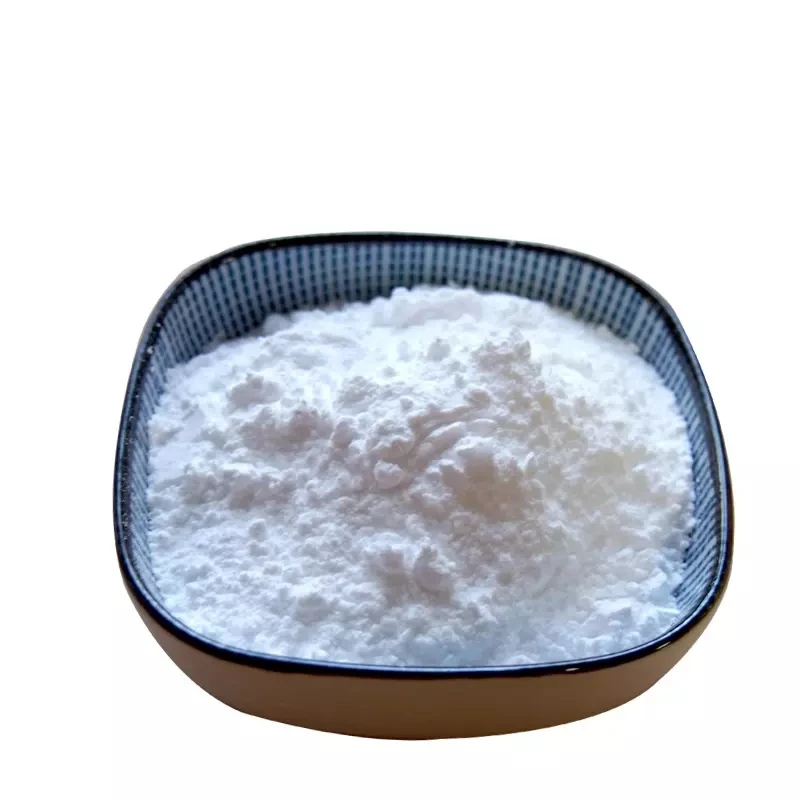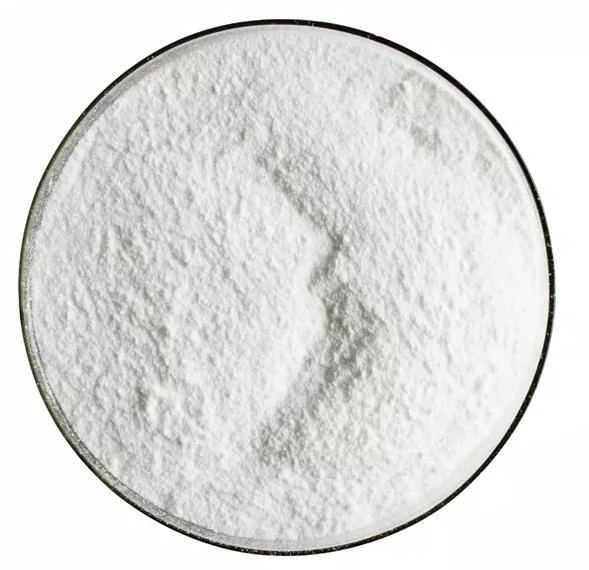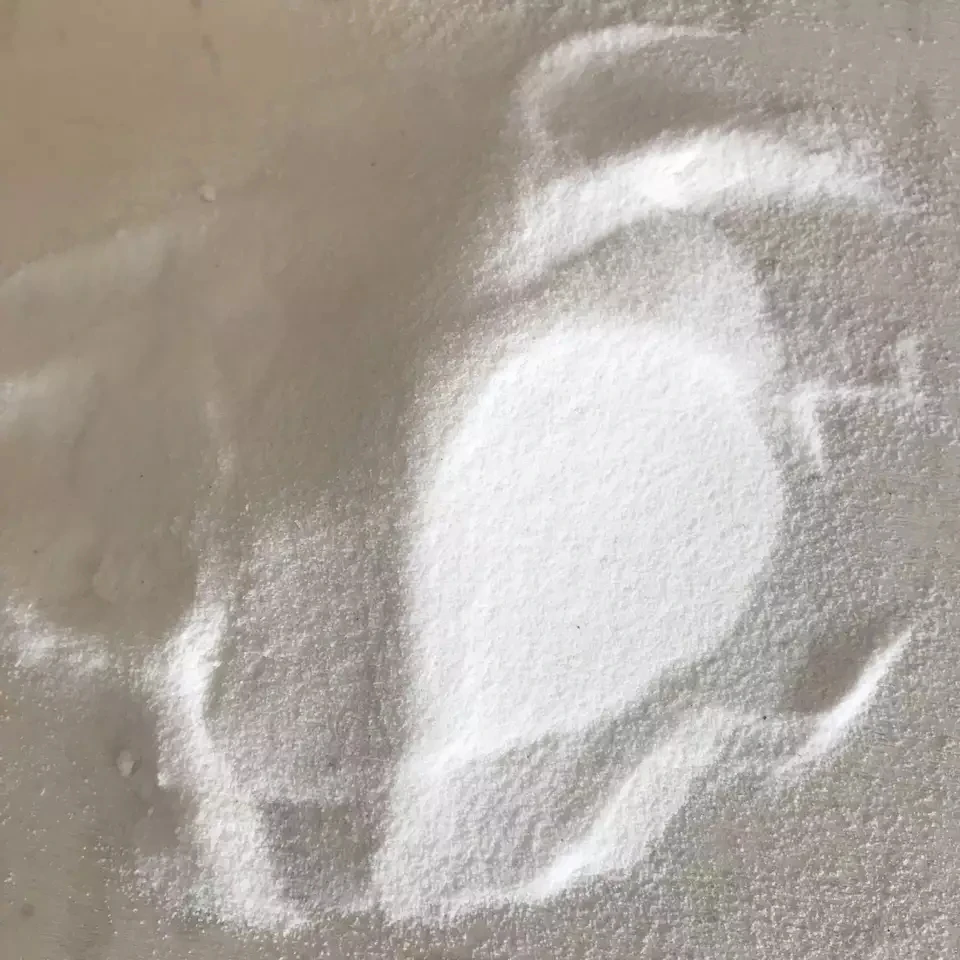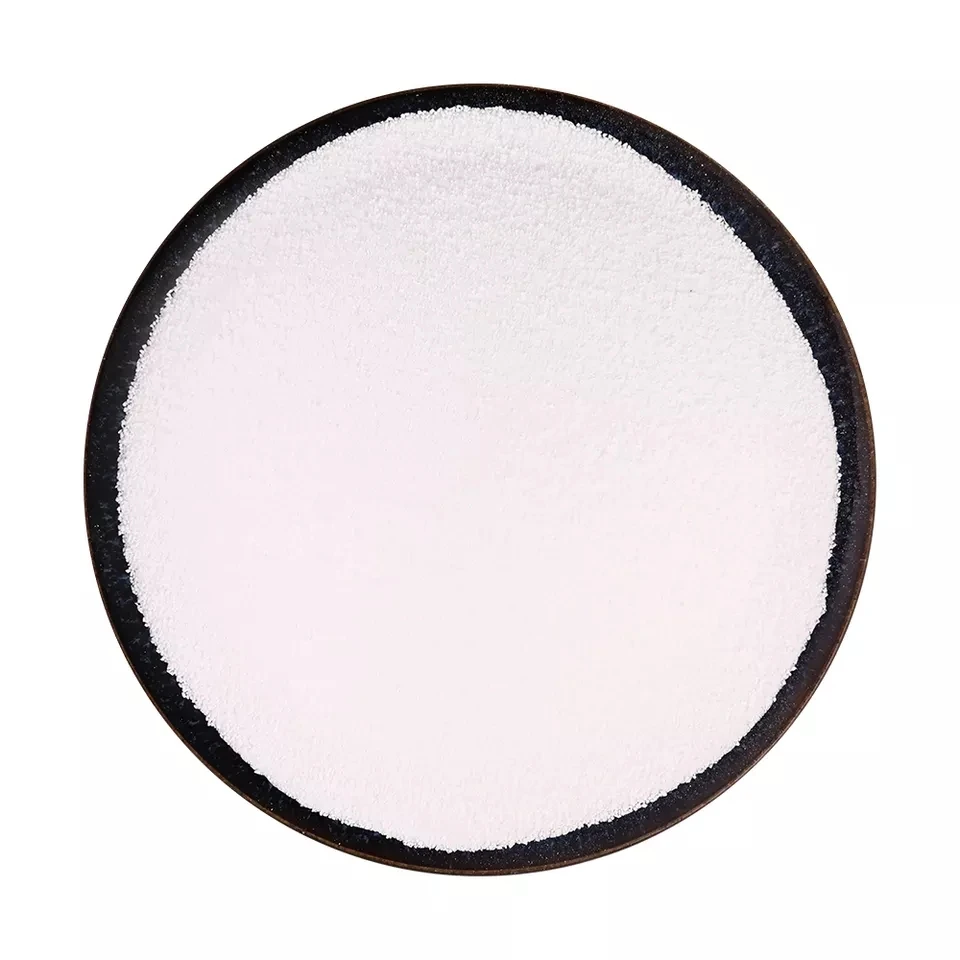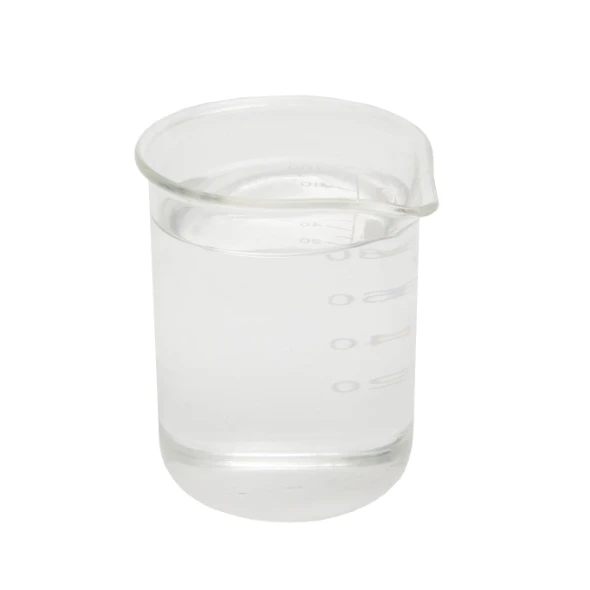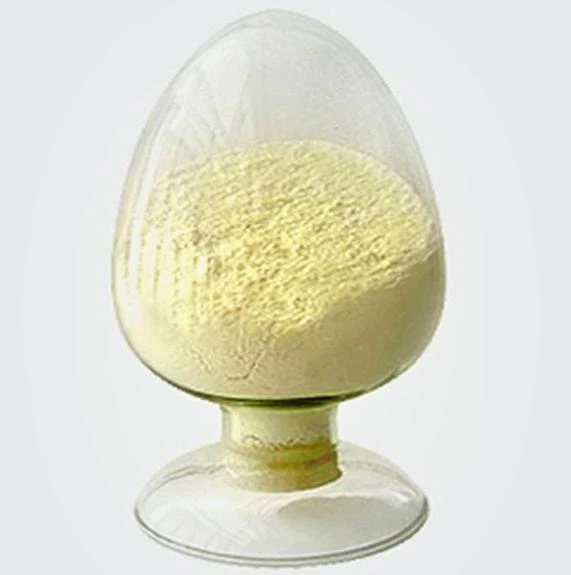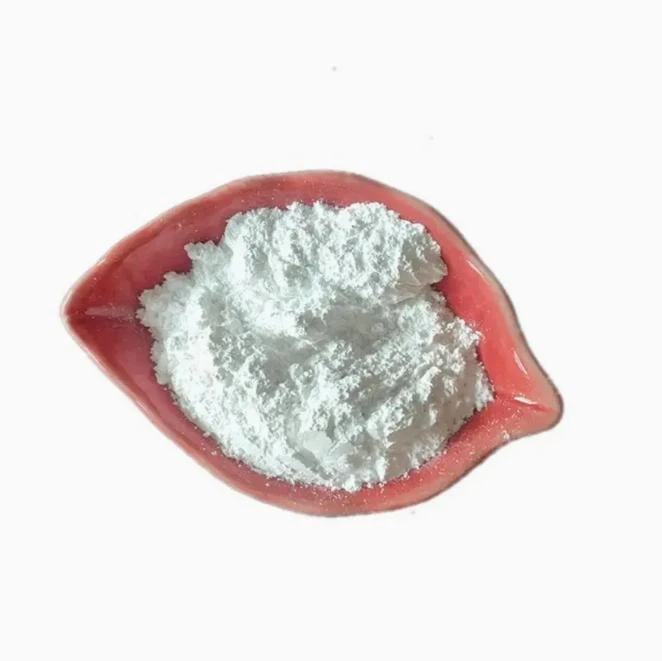Warning: Undefined array key "file" in /home/www/wwwroot/HTML/www.exportstart.com/wp-content/themes/1198/header.php on line 7
Warning: Undefined array key "title" in /home/www/wwwroot/HTML/www.exportstart.com/wp-content/themes/1198/header.php on line 7
Warning: Undefined array key "title" in /home/www/wwwroot/HTML/www.exportstart.com/wp-content/themes/1198/header.php on line 7
- ʻApelika
- Alapania
- Amahapika
- Apapika
- Ameniana
- Azerbaijani
- Pōkē
- ʻŌlelo Belarusa
- Penekali
- Ponia
- Pukalia
- ʻŌlelo Katalonia
- Cebuano
- Kina
- Kina (Taiwan)
- ʻŌlelo Kokia
- Koalia
- Keka
- Kenemaka
- Hōlani
- Pelekania
- ʻŌlelo Esperanto
- Ekekonia
- Pinilana
- Palani
- Frisian
- Kalikia
- Keokia
- Alemania
- Helene
- Kuhalaki
- ʻŌlelo Haiki
- Hauka
- ʻŌlelo Hawaiʻi
- Hepela
- ʻAʻole
- Miao
- Hunakalia
- ʻĀinahau
- igbo
- ʻInikonia
- Ipelana
- Ikalia
- Kepanī
- Kawanī
- Kanākā
- ʻŌlelo Kazaka
- Khmer
- Rwandan
- Kolea
- ʻŌlelo Kurdish
- ʻŌlelo Kyrgyz
- TB
- ʻŌlelo Lākni
- Lakiwiana
- ʻŌlelo Lituania
- ʻŌlelo Lukemapuka
- Makekoni
- Malgashi
- Mālei
- Mālealama
- Malkī
- ʻŌlelo Māori
- Malapi
- ʻŌlelo Monokolia
- Maianamara
- Nepali
- Nolewai
- Nolewai
- ʻOkitana
- ʻŌlelo Pashto
- Pelekia
- Pōlani
- Pukikī
- ʻŌlelo Punajabi
- Lomānia
- Lukia
- Sāmoa
- Gaelika Sekotia
- ʻŌlelo Serbia
- Pelekania
- Shona
- Kiniki
- Sinhala
- Kolowakia
- Kolewenia
- ʻŌlelo Somalia
- Kepania
- ʻōlelo Sunda
- Kawahili
- Kuekene
- Kakalo
- Tajika
- Kamili
- Tatar
- Keluku
- Kailani
- Tureke
- ʻŌlelo Kuleke
- Ukrainian
- Urdu
- Uighur
- ʻUzbek
- Vietnamese
- Welsh
- Kokua
- Yiddish
- Yoruba
- Zulu
L-Tryptophane
L-Tryptophan is one of essential amino acids and the fourth limiting amino acid in animal diets, which means it could not be synthesized by the body, in addition, dietary supply through feed materials is usually insufficient.
The deficiency of L-Tryptophan was generally characterized as decreased feed intake and efficiency, and slow growth rate. Considering L-Tryptophan playing a key role in growth performance and feed efficiency, it is recommended to add L-Tryptophan in diet to achieve the optimal amino acid balance and fulfill the digestible tryptophan requirement of animals, especially piglets, sows and poultry etc.




L-Tryptophan is one of essential amino acids and the fourth limiting amino acid in animal diets, which means it could not be synthesized by the body, in addition, dietary supply through feed materials is usually insufficient.
The deficiency of L-Tryptophan was generally characterized as decreased feed intake and efficiency, and slow growth rate. Considering L-Tryptophan playing a key role in growth performance and feed efficiency, it is recommended to add L-Tryptophan in diet to achieve the optimal amino acid balance and fulfill the digestible tryptophan requirement of animals, especially piglets, sows and poultry etc.
Tryptophan is an essential amino acid which is the precursor of serotonin. Serotonin is a brain neurotransmitter, platelet clotting factor and neurohormone found in organs throughout the body. Metabolism of tryptophan to serotonin requires nutrients such as vitamin B6, niacin and glutathione. Niacin is an important metabolite of tryptophan. High corn or other tryptophan-deficient diets can cause pellagra, which is a niacin-tryptophan deficiency disease with symptoms of dermatitis, diarrhea and dementia. Inborn errors of tryptophan metabolism exist where a tumor (carcinoid) makes excess serotonin. Hartnup's disease is a disease where tryptophan and other amino acids are not absorbed properly. Tryptophan supplements may be useful in each condition, in carcinoid replacing the over-metabolized nutrient and in Hartnup's supplementing a malabsorbed nutrient. Some disorders of excess tryptophan in the blood may contribute to mental retardation. Assessment of tryptophan deficiency is done through studying excretion of tryptophan metabolites in the urine or blood. Blood may be the most sensitive test because the amino acid tryptophan is transported in a unique way. Increased urination of tryptophan fragments correlates with increased tryptophan degradation, which occurs with oral contraception, depression, mental retardation, hypertension and anxiety states. The requirement for tryptophan and protein decreases with age. Adults' minimum daily requirement is 3 mg/kg/day or about 200 mg a day. This may be an underestimation, for there are 400 mg of tryptophan in just a cup of wheat germ. A cup of low fat cottage cheese contains 300 mg of tryptophan and chicken and turkey contain up to 600 mg per pound.
Loaʻa iā mākou nā hale hana kiʻekiʻe me ka pilina hohonu, hiki iā ia ke hāʻawi iā ʻoe i nā huahana kiʻekiʻe a me nā kumukūʻai hoʻokūkū. A hiki iā mākou ke hāʻawi i nā uku no nā kūʻai nui. A ke hui pū nei mākou me nā ʻoihana lawe ukana ʻoihana he nui, hiki ke hāʻawi i nā huahana me ka palekana a me ka maʻalahi i kou mau lima. ʻO ka manawa hoʻouna ma kahi o 3-20 mau lā ma hope o ka hōʻoia ʻana o ka uku.
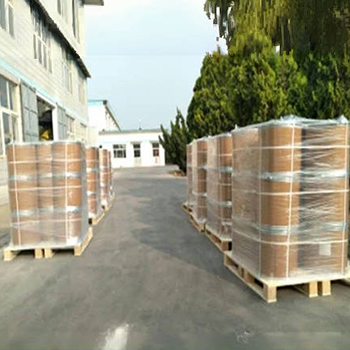


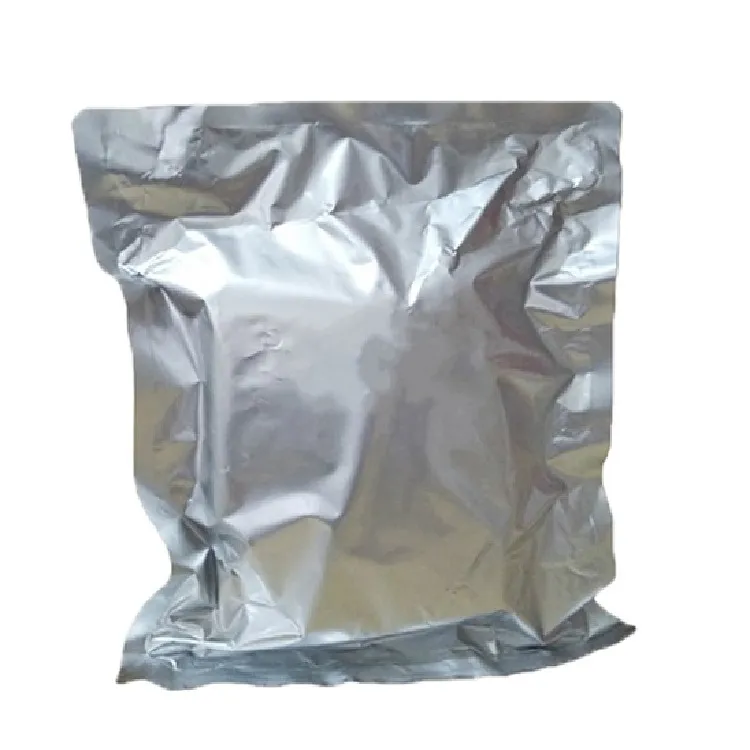
| Testing Item | Kūlana | Ka hopena |
| Ka nana aku | White to light yellow crystal powder | conforms |
| Assay/% | ≥98.00 | 99.10 |
| Specific Rotation | -29.0° -32.8° | -29.3° |
| Residue on Ignition/% | ≤0.50 | 0.40 |
| Loss on Drying/% | ≤0.50 | 0.30 |
| Heavy Metal(Pb)/% | ≤5 | <5 |
| Arsenic(As)/% | ≤2 | conforms |
| Mercury(Hg)/% | ≤0.1 | conforms |
| Cadmium(Cd)/% | ≤2 | conforms |
| Salmonella | Negative in 10g | conforms |
| PH | 5.0~7.0 | conforms |
What is tryptophan?
Tryptophan is one of essential amino acids and the fourth limiting amino acid in animal diets, which means it could not be synthesized by the body, in addition, dietary supply through feed materials is usually insufficient. The deficiency of L-Tryptophan was generally characterized as decreased feed intake and efficiency, and slow growth rate. Considering L-Tryptophan playing a key role in growth performance and feed efficiency, it is recommended to add L-Tryptophan in diet to achieve the optimalamino acid balance and fulfill the digestible tryptophan requirement of animals, especially piglets, sows and poultry etc.
Function of tryptophan
Tryptophan is an important precusor substance of auxin biosynthesis in plant. It has the similar structure of IAA. It widely exists in higher plant. There are two ways to synthetic auxin. The first is tryptophan oxidizes and deaminize and form indole acetone,then decarboxylation and form IAAId; Under the corresponding enzymes IAAId oxsidizes indoleacetic acid. The second way is decarboxylation and form to tryptamine then tryptamine oxsidize deamination finally forms tryptophan.

1. He hale hana ʻoe a he hui kālepa paha?
He compnay mākou e hoʻohui i ka ʻoihana a me ke kālepa, e hāʻawi ana i ka lawelawe hoʻokahi. Hiki ke ʻae ʻia ʻo OEM.
2. Hāʻawi anei ʻoe i nā laʻana? He manuahi a keu paha?
Free samples.The sample's freight fee Pono e uku ma kou aoao.
3. Loaʻa iā ʻoe nā palapala hōʻoia e pili ana i ka mana maikaʻi?
ISO 9001: 2008 palapala hōʻoia e hōʻoia i ka maikaʻi.
4. He aha kaʻu e hāʻawi ai e kiʻi i kahi ʻōlelo?
E haʻi mai ʻo Pls iā mākou i ke ʻano huahana āu e pono ai, ka nui o ke kauoha, ka helu a me nā koi kikoʻī. E hana ʻia ka ʻōlelo no kāu kuhikuhi i ka manawa.
5. He aha ke ʻano o ka uku uku āu e makemake ai? He aha ke ʻano o nā ʻōlelo i ʻae ʻia?
ʻAe ʻia nā ʻōlelo hoʻouna: FOB, CFR, CIF, EXW;
ʻAe ʻia ke kālā uku:USD;
ʻAno uku i ʻae ʻia: T / T, Western Union; Paypal, Hōʻoia Kūʻai.
ʻŌlelo i ʻōlelo ʻia: English.
Māhele huahana
-
 May . 13, 20252025 European Fine Chemicals Exhibition in GermanyThe much-anticipated Fine Chemicals Europe 2025 will be held in Germany from June 4 to 5, 2025. The event will bring together industry leaders, innovators and stakeholders in the fine chemicals sector, providing a unique platform for networking, collaboration and showcasing the latest advances in the field.
May . 13, 20252025 European Fine Chemicals Exhibition in GermanyThe much-anticipated Fine Chemicals Europe 2025 will be held in Germany from June 4 to 5, 2025. The event will bring together industry leaders, innovators and stakeholders in the fine chemicals sector, providing a unique platform for networking, collaboration and showcasing the latest advances in the field. -
 May . 07, 20252025 New York Cosmetics Ingredients ExhibitionThe much-anticipated 2025 Cosmetics Ingredients New York will be held at the Javits Center in New York from June 3 to 4, 2025. This event will bring together industry leaders, innovators and enthusiasts from all over the world to discuss the latest trends and advances in the field of cosmetic ingredients.
May . 07, 20252025 New York Cosmetics Ingredients ExhibitionThe much-anticipated 2025 Cosmetics Ingredients New York will be held at the Javits Center in New York from June 3 to 4, 2025. This event will bring together industry leaders, innovators and enthusiasts from all over the world to discuss the latest trends and advances in the field of cosmetic ingredients. -
 Apr . 27, 2025Zibo will host the 2025 International Chemical ExpoZibo, a city known for its thriving chemical industry, will host the 2025 Zibo International Chemical Expo from May 16 to May 18, 2025. This highly anticipated event aims to bring together industry leaders, innovators and stakeholders from around the world to explore the latest advancements and trends in the chemical industry.
Apr . 27, 2025Zibo will host the 2025 International Chemical ExpoZibo, a city known for its thriving chemical industry, will host the 2025 Zibo International Chemical Expo from May 16 to May 18, 2025. This highly anticipated event aims to bring together industry leaders, innovators and stakeholders from around the world to explore the latest advancements and trends in the chemical industry.


